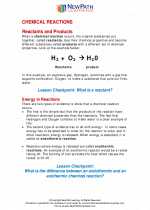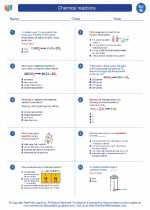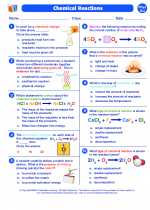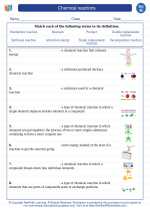Greenland
Greenland is the world's largest island, located between the Arctic and Atlantic Oceans, east of the Canadian Arctic Archipelago. It is an autonomous territory within the Kingdom of Denmark. Here are some key points to understand about Greenland:
Geography
Greenland is known for its vast ice sheet, covering about 80% of the island. The ice sheet is the second largest in the world, after Antarctica. The island also features dramatic fjords, mountains, and glaciers.
Climate
Greenland has a polar climate, with long, cold winters and short, cool summers. The coastal areas experience milder temperatures due to the oceanic influence, while the interior remains extremely cold throughout the year.
Wildlife
Despite the harsh climate, Greenland is home to a variety of wildlife, including polar bears, musk oxen, Arctic foxes, and numerous bird species. The surrounding waters teem with marine life, including whales, seals, and diverse fish species.
Indigenous People
The indigenous people of Greenland are known as the Iñupiat, who have a rich cultural heritage and a deep connection to the land and sea. They have traditionally relied on hunting, fishing, and gathering for their sustenance.
Study Guide
As you study Greenland, consider the following questions:
- What are some of the unique features of Greenland's geography?
- How does the climate of Greenland impact its ecosystems and wildlife?
- What are some traditional practices of the indigenous people of Greenland?
- How is Greenland's autonomy within the Kingdom of Denmark reflected in its governance and policies?
- What are some potential environmental challenges facing Greenland due to climate change?
◂Science Worksheets and Study Guides Eighth Grade. Chemical reactions

 Activity Lesson
Activity Lesson
 Worksheet/Answer key
Worksheet/Answer key
 Worksheet/Answer key
Worksheet/Answer key
 Worksheet/Answer key
Worksheet/Answer key
 Worksheet/Answer key
Worksheet/Answer key
 Vocabulary/Answer key
Vocabulary/Answer key
 Vocabulary/Answer key
Vocabulary/Answer key
